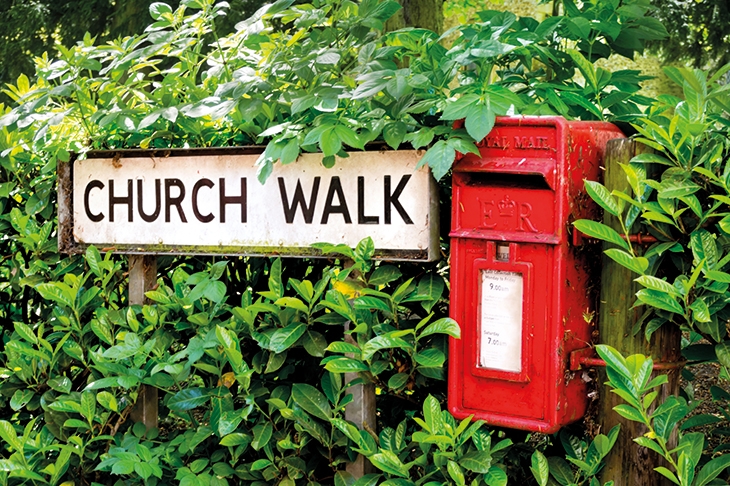You know where you are with a British street name. I don’t mean literally. I mean there’s a tacit humility to our islands’ hodonyms: they are short, simple and unpretentious. Not for us the long-winded commemorations of national heroes or local worthies: no Avenue du Révérend Père Corentin Cloarec or Burgemeester Baron van Voerst van Lyndenstraat.
Our street names are soundest away from the city. The High Street is thriving: it’s the commonest name in England and Wales, while Main Street leads the field in Scotland. Great Britain has some 3,600 of the two. A ‘street’ used to refer to a properly paved road, a practice imported by the Romans for their great connecting roads (Watling, Ermine, Stane, Dere). Medieval journeymen stared in wonder at such ‘stone streets’, which flaunted a long-forgotten technology.
By the time of Henry I, streets were a protected brand: they should be wide enough for two carriages, or 16 knights on horseback.

Get Britain's best politics newsletters
Register to get The Spectator's insight and opinion straight to your inbox. You can then read two free articles each week.
Already a subscriber? Log in







Comments
Join the debate for just $5 for 3 months
Be part of the conversation with other Spectator readers by getting your first three months for $5.
UNLOCK ACCESS Just $5 for 3 monthsAlready a subscriber? Log in